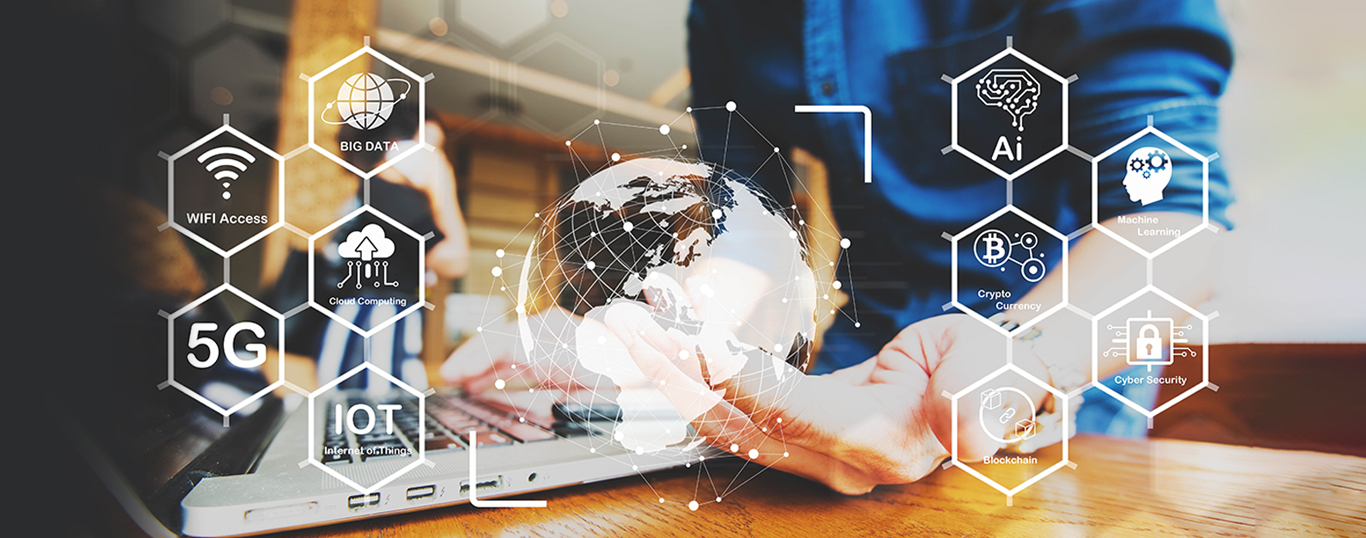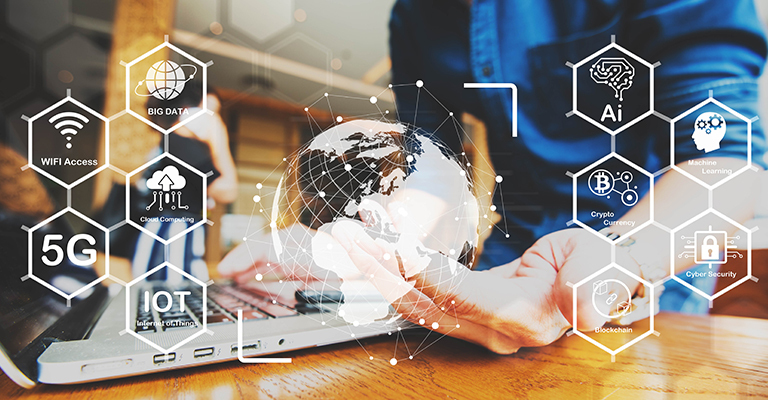The convergence of OT and IoT systems has given rise to IIoT or Industrial IoT, which uses advanced technologies such as machine learning (ML), machine-to-machine (M2M) communication, and Big Data to drive efficient outcomes. However, its growing popularity has also made it a vulnerable target for cybercriminals. As a result, leading cybersecurity research organizations have reported increasing surface attack expansion. Threats in the OT and IoT security field are as follows:
Unencrypted data storage : Both OT and IoT collect enormous amounts of data that is not just valuable but confidential as well. This makes them a favorite target among cyber criminals. As a result, CISOs and business leaders are leaning towards infrastructure embedded with facilities or compatible cybersecurity tools that can offer secured data storage.
Unguarded financial information : Financial motives have driven more than 93% of cyberattacks in recent times. Many devices used across industries today have access to credit cards, insurance, or other crucial banking information. Although MQTT or Message Queuing Telemetry Transport quickly exchanges information from a remote location and between devices, it also becomes a breeding ground for malicious activities. It is, therefore, wise to know the prerequisites and standards before signing up for such services.
Access to physical property : A lot of IoT and OT technology involves interconnected devices. These can range from PCS, tablets, monitoring systems, automated conveyor belts, sensors, trackers, smart lock systems, and more. Cybercriminals often infiltrate a business network by placing a malicious device of their own that imitates these devices. One such prominent agent is the Botnet. Such malicious devices can breach IoT networks by infusing ransomware, spyware, or other forms of malware, thus compromising financial and personal security.
The security landscape has also undergone tremendous change in the past few years. As a result, businesses are no longer renting out or buying cybersecurity solutions but developing in-house teams with experienced security leaders and CISOs who can address evolving needs and challenges.
The current challenges in IoT and OT are: Poor intelligence analysis: Most of the algorithms deployed in cybersecurity software are either outdated or not versatile enough. This leads to inaccurate reporting, false positives or even neglect of an actual threat. Moreover, a lack of real-time incident reporting often harms organizations, leading to loss/damage of data, ROI, and reputation.
Business obstacles: Many businesses still do not recognize the importance of having a strong cybersecurity team or strategy in place. Redundant or inaccurate technologies mar their progress. Cybersecurity, now, is not only required to defend businesses against digital intuitions but also to enable them to drive scale and agility. It needs to address technology, people, processes and governance.
In addition to the challenges mentioned above, customers' demands and needs are changing frequently and rapidly, especially with the increasing pace of digital transformation. With the growing internet penetration, demand for more transparency in cybersecurity methods and the rise in innovation and integrative technologies is a positive trend. Decentralized and zero trust architecture are considered critical drivers of transforming cybersecurity at the grassroots level. The need of the hour for businesses looking forward to strengthening their OT and IoT security is to have a cybersecurity partner with proven technologies and processes. Cybalt is a leading OT and IoT security company that offers versatile solutions to businesses to help defend their assets and prevent loss of life, property and revenues. Cybersecurity experts at Cybalt have vast expertise and experience to enable companies to protect their OT and IoT systems from cyberattacks and make the most of modern technologies for business growth.
Standards: With a wide array of innovations, technologies and solutions being rolled out daily, updating the regulatory and compliance procedures also need to be in sync. Current OT - IoT landscape is affected by a lack of planning, execution and maintenance, which makes the devices unreliable.
Other Blogs

From Nuclear Centrifuges To Machine Shops: Securing IoT
IoT or ‘the internet of things’ has been around for a lot longer than the buzzword
Read More


Demystifying XDR
As the capabilities of threat actors have increased so have the tools which we utilize to detect and respond to their activities.
Read More


Cybersecurity In A Post Pandemic World
As many cyber security practitioners will tell you, the most imminent and dangerous threat to any network are the employees accessing it.
Read More


